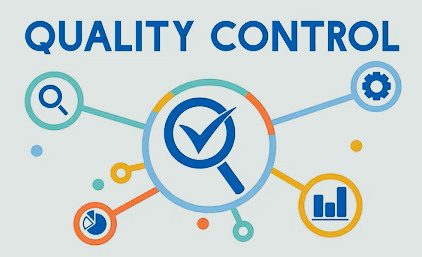In the ever-evolving world of digital marketing, search engine optimization (SEO) remains a cornerstone for driving organic traffic to your website. As search engines like Google refine their algorithms, website owners and marketers must stay up to date with the latest SEO techniques. In this article, we’ll explore three powerful SEO techniques that can help boost your website’s search engine ranking and drive more organic traffic to your site.
High-Quality Content Is King
In the realm of SEO, content is king, and creating high-quality, relevant content is one of the most effective ways to improve your website’s search engine ranking. High-quality content not only provides value to your visitors but also helps search engines understand the relevance of your site to users’ queries.
Here are some tips for creating high-quality content:
a. Keyword Research: Start by conducting thorough keyword research to identify the topics and keywords that are relevant to your target audience. Use tools like Google Keyword Planner or SEMrush to find keywords with good search volume and low competition.
b. Create Valuable Content: Your content should provide value to your readers. Make sure it’s informative, engaging, and well-structured. Long-form content performs better as it allows for more comprehensive information.
c. Optimize On-Page SEO: Ensure your content is optimized for on-page SEO. This includes using relevant keywords, optimizing meta tags, and structuring your content with proper headings.
d. Regular Updates: Search engines favor fresh content. Regularly update and refresh your existing content to keep it relevant and up to date.
Mobile Optimization
With the increasing use of mobile devices for internet browsing, mobile optimization has become a critical factor in search engine ranking. Google has switched to a mobile-first indexing approach, primarily using the mobile version of a website’s content for ranking and indexing.
To optimize your website for mobile:
a. Responsive Design: Ensure your website has a responsive design that adapts to various screen sizes and resolutions, providing an excellent user experience on mobile devices.
b. Fast Loading Speed: Optimize your site for fast loading times on mobile. Compress images, minify CSS and JavaScript, and utilize browser caching to reduce loading times.
c. Mobile-Friendly Content: Make sure your content is easily readable and accessible on mobile devices. Avoid using pop-ups or interstitials that can obstruct the user’s experience.
d. Mobile-Friendly Navigation: Simplify your website’s navigation for mobile users, making it easy for them to find the information they’re looking for.
Backlink Building
Backlinks, also known as inbound links, are vital in SEO. They are links from external websites that point to your site. High-quality backlinks are like “votes of confidence” for your website in the eyes of search engines, indicating that your content is valuable and authoritative.
Here’s how to build quality backlinks:
a. Content Outreach: Create valuable, shareable content and reach out to other websites, blogs, or social media influencers in your niche to promote your content. If your content is compelling, they may link to it.
b. Guest Posting: Contribute guest posts to reputable websites in your industry. This allows you to include backlinks to your site within your guest posts.
c. Broken Link Building: Find broken links on other websites in your niche and offer your content as a replacement. This can be a win-win situation, as you provide a solution for the broken link and gain a valuable backlink.
d. Monitor Competitors: Analyze your competitors’ backlink profiles and try to acquire similar high-quality links.
Conclusion
SEO is an ever-evolving field, and staying up to date with the latest techniques is essential to maintain and improve your website’s search engine ranking. By creating high-quality content, optimizing for mobile, and building a solid backlink profile, you can significantly boost your website’s SEO performance and drive more organic traffic. Remember that SEO is a long-term strategy, and it may take some time to see substantial results, but the effort is well worth it.
Who we are: Funded.com is a platform that is A+ BBB accredited over 10+ years. Access our network of Angel Investors, Venture Capital or Lenders. Let us professionally write your Business Plan.











